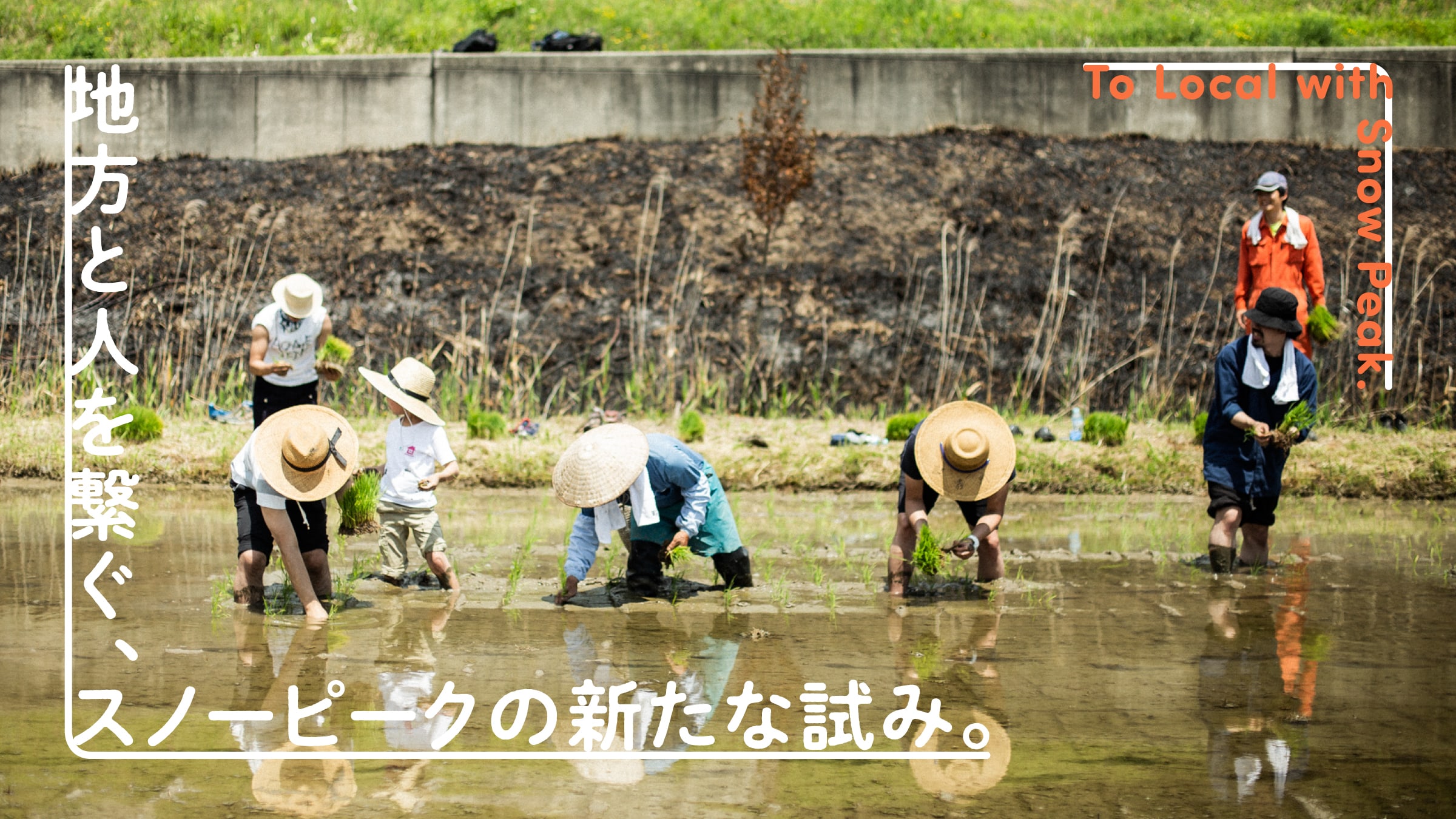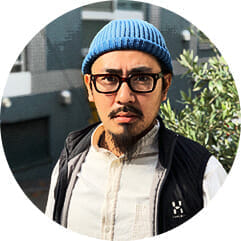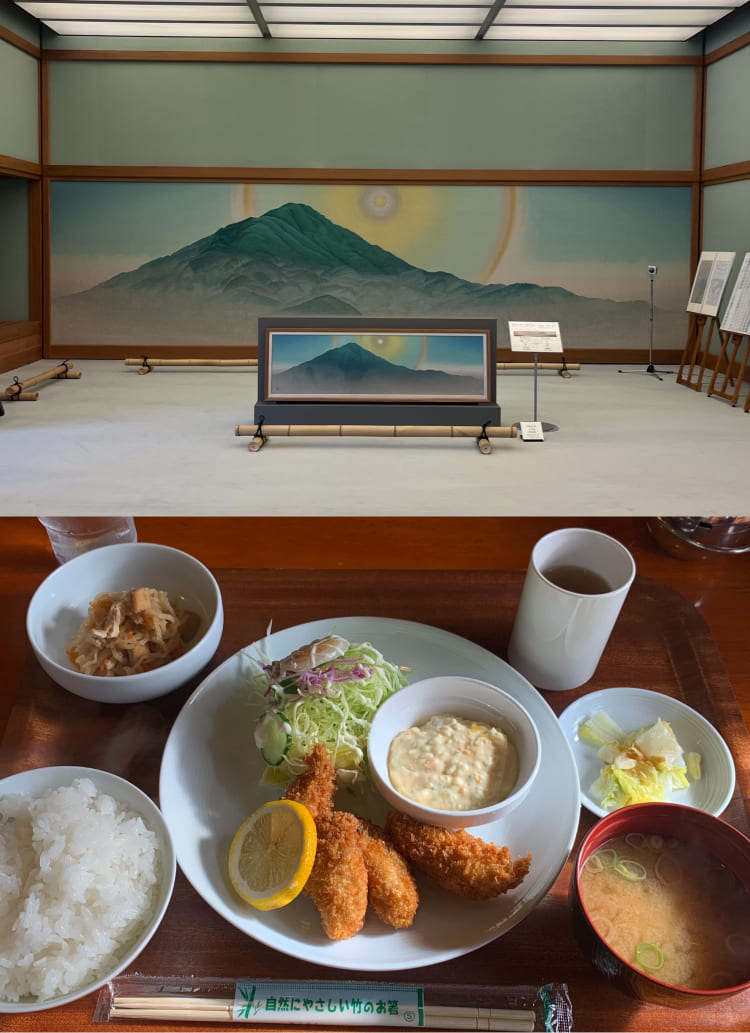Sado, an island in the Sea of Japan, is only three hours from Tokyo.

The trip, which began in 2018, focuses on local culture.
Snow Peak was founded in Niigata in 1958 and is still headquartered in Niigata. The company manufactures many of its products in Niigata and sells them around the world, returning as much of its profits as possible to the local community. That is why they know the beauty of local culture and have seen it disappear up close. The "LOCAL WEAR TOURISM" was conceived out of a sense of crisis over this disappearing culture.
Starting last year, this year we traveled with participants to Inujima, Okayama Prefecture, Sado Island, Niigata Prefecture, and Kitakami, Iwate Prefecture, starting in mid-May.
The Huinamu editorial department participated in the Sado Island session in Niigata Prefecture.
Sado Island, which can be reached in as little as 3 hours from Tokyo, was once a place where literati and politicians exiled from Kyoto were exiled. The island also has a history of prosperous gold mining.

A boathouse located 10 minutes from Ryotsu Port, the gateway to Sado Island.

Oyster farming is thriving in Lake Kamo, which can be seen in the background.
Upon arrival on the island, we were shown to a boathouse. From here, we began a two-day, one-night tour to explore the charms of the region.
After the opening ceremony at Funakoya, we went to the base camp site. The location was within the precincts of a Shinto shrine. Since the tour was organized by Snow Peak, we slept in tents and ate outdoors.

Walk to the campsite. We take a peaceful road lined with trees.

Snow Peak's "Amenity Dome" installed in the shrine grounds.
An evening of dinner, bonfire, and traditional entertainment.

The dining table is coordinated with Snow Peak gear.
As the sun began to set, the long-awaited dinner time started. Chef Alan Haunstrup, who came to Japan from Denmark, showed us his skills.

Chef Alain. He is a master at what he does.
Alan has been a driving force in promoting a new food culture in Copenhagen with his innovative restaurant "noma," which has been a hit with gourmets around the world, and he has even served at the Danish Royal Court.



The cooking method is dynamic. The cooking method is very vigorous, and the 50 participants are served all at once.
In the outdoors, an environment unsuitable for cooking, the food is carefully and vigorously prepared over an open fire or burner. The seasoning and heat are so delicate that it is hard to believe that the food was prepared outdoors. Being able to enjoy such a meal outdoors is one of the best parts of "LOCAL WEAR TOURISM. The reason why he came in contact with Snow Peak is explained in the interview in the latter half of this article.




Onidaiko was performed by members of the youth association of the Shinbo district in the center of Sado Island.
From 8:00 p.m., Onidaiko, a traditional Sado Arabian drum performance, was performed on the Noh stage in the precincts of the temple.
Noh stages themselves are rare, but Sado Island is home to about 200 Noh stages, one-third of the total number in Japan. Why Sado, you may ask? It is because Sado was the site of the aforementioned exile.
The criminals who were exiled to this land were slightly different from today's criminals. They were mainly literati and politicians who were unfavorable to the sovereign and had influence over the masses. Zeami, the star sarugaku performer of the Muromachi period (1336-1573), also drifted to Sado. This is the reason why the high culture still remains on Sado Island.
Rice planting experience in terraced rice fields held on the second day.
There is a World Agricultural Heritage Site, which is not a World Heritage Site. It is a designation for areas with globally important and traditional agriculture, forestry, and fisheries. Only 57 places in the world have been recognized, and the terraced rice paddies of Sado Island are one of them.

Rice fields rented by Snow Peak. The rice planted this time will be harvested in October.
There are seven terraced rice paddies on Sado Island, and last year Snow Peak rented one of the rice paddies in the Iwakubu Shoryu terraced rice paddy to grow rice, which was then offered at stores nationwide and at Snow Peak Eat. This year, the rice planting experience, the main event of the "LOCAL WEAR TOURISM," was again held at that location.
The terraced rice paddies, with the Sea of Japan spreading out below, are simply beautiful. However, due to the topography, growing crops here requires many times more manual labor than on the plains. As a result, there is a shortage of successors and the people working in the terraced rice paddies are aging. There is a possibility that this original landscape will also be lost.
- 1
- 2









